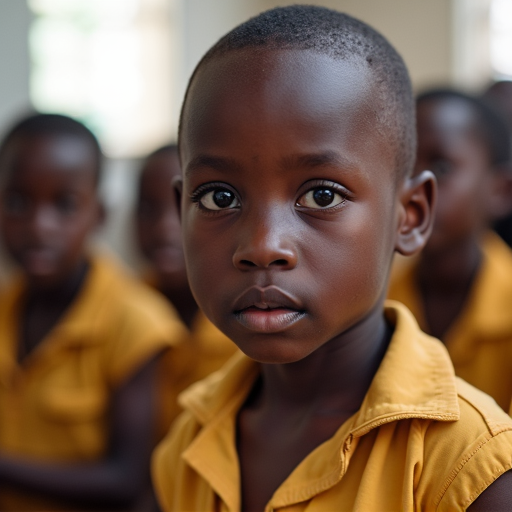
The number of child labor cases worldwide has decreased by over 20 million since 2020, according to a new report by UNICEF and the International Labour Organization (ILO). The decline is most notable in Asia and the Pacific, where child labor dropped from 49 million to 28 million. However, Sub-Saharan Africa has seen an increase in absolute numbers, with 87 million children still engaged in labor.
Wouter Booij of UNICEF Netherlands attributes the global decline to comprehensive social protection, free quality education, and better legal safeguards for children. Yet, 138 million children remain affected, with 61% working in agriculture under hazardous conditions, followed by domestic services (27%) and industrial sectors like mining (13%).
Sub-Saharan Africa remains the most affected region, where economic instability forces families to rely on child labor as a survival strategy. UNICEF highlights the role of global supply chains in perpetuating child labor, particularly in industries like cobalt mining for electronics.
Despite the UN's goal to eradicate child labor by 2025, progress is slow. UNICEF warns that the current pace must increase elevenfold to meet the target. In contrast, the Netherlands strictly regulates child employment, allowing only part-time work for children aged 13 and above, without compromising education or health.
